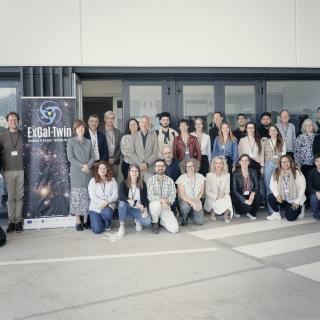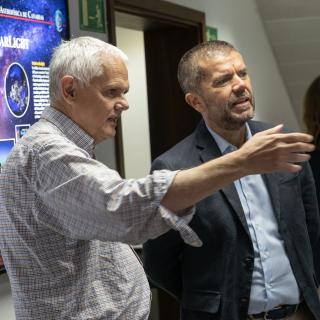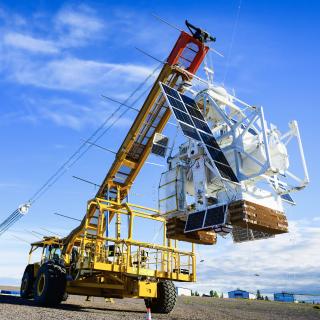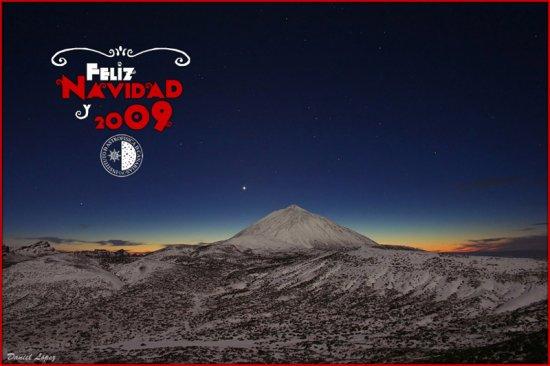It may interest you
-
 The Canary Islands Institute of Astrophysics (IAC) is promoting knowledge about European project management with a dedicated forum taking place on April 23 and 24 at the IACTEC headquarters in Tenerife. The 2025 ExGal-Twin Regional Workshop on European Project Management is an event organized by the ExGal-Twin project and the Office of Transfer and Institutional Actions (OTAI) of the Instituto de Astrofísica de Canarias (IAC), under the title "Innovation in European Project Management: Challenges and Opportunities" . The main objective of this workshop is to bring together R&D&I entitiesAdvertised on
The Canary Islands Institute of Astrophysics (IAC) is promoting knowledge about European project management with a dedicated forum taking place on April 23 and 24 at the IACTEC headquarters in Tenerife. The 2025 ExGal-Twin Regional Workshop on European Project Management is an event organized by the ExGal-Twin project and the Office of Transfer and Institutional Actions (OTAI) of the Instituto de Astrofísica de Canarias (IAC), under the title "Innovation in European Project Management: Challenges and Opportunities" . The main objective of this workshop is to bring together R&D&I entitiesAdvertised on -
 Una delegación de la Universidad de La Laguna (ULL), encabezada por el rector Francisco García, ha realizado una visita institucional al Instituto de Astrofísica de Canarias (IAC), reforzando así el compromiso de colaboración y la estrecha relación que mantienen ambas instituciones, claves para el desarrollo científico y tecnológico de Canarias. El encuentro ha servido para revisar el estado del convenio que mantienen ambas instituciones y revisar algunas áreas de mejora para la renovación del mismo en materia de investigación, docencia y divulgación científica, además de aspectosAdvertised on
Una delegación de la Universidad de La Laguna (ULL), encabezada por el rector Francisco García, ha realizado una visita institucional al Instituto de Astrofísica de Canarias (IAC), reforzando así el compromiso de colaboración y la estrecha relación que mantienen ambas instituciones, claves para el desarrollo científico y tecnológico de Canarias. El encuentro ha servido para revisar el estado del convenio que mantienen ambas instituciones y revisar algunas áreas de mejora para la renovación del mismo en materia de investigación, docencia y divulgación científica, además de aspectosAdvertised on -
 At the present time ground-based observatories have a wide range of instruments which can study the solar surface in the visible and infrared ranges. But it is not possible to combine these observations with those in the near ultraviolet, which cover the wavelength range from 200 to 400 nanometres, nor to maintain them for long periods due to the turbulence in the Earth’s atmosphere. In this context, the Sunrise III mission, in which the Instituto de Astrofísica de Canarias (IAC) is collaborating, “ has become the first observatory to obtain spectropolarimetric data simultaneously in theAdvertised on
At the present time ground-based observatories have a wide range of instruments which can study the solar surface in the visible and infrared ranges. But it is not possible to combine these observations with those in the near ultraviolet, which cover the wavelength range from 200 to 400 nanometres, nor to maintain them for long periods due to the turbulence in the Earth’s atmosphere. In this context, the Sunrise III mission, in which the Instituto de Astrofísica de Canarias (IAC) is collaborating, “ has become the first observatory to obtain spectropolarimetric data simultaneously in theAdvertised on
